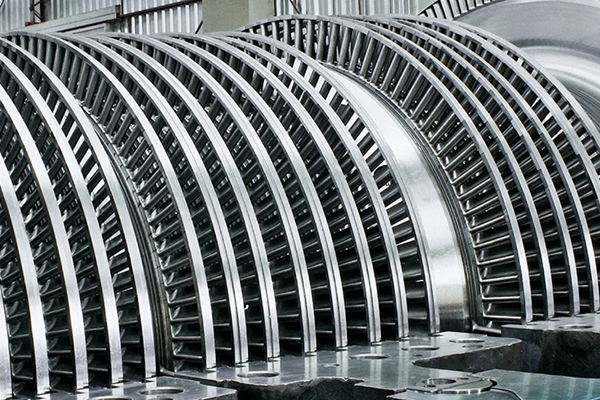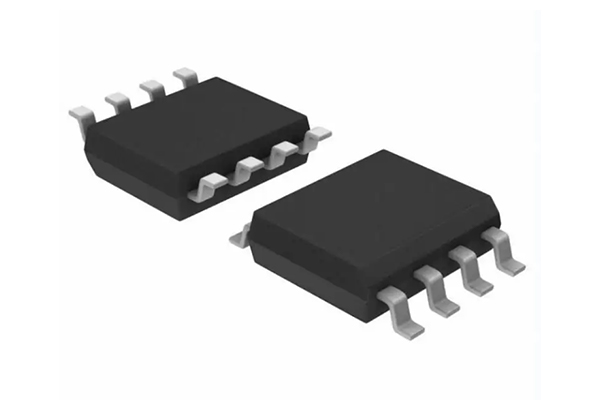The Basics Of Laboratory Equipment And Techniques

Common Laboratory Equipment
Efficient laboratory operations are always characterised by correct usage of essential equipment designed for specific functions. Some of the key instruments in a research lab include the following:
1. Glassware: These are beakers, flasks, test tubes, and graduated cylinders, used for storing, mixing, and measuring liquids. Glass is non-reactive and clear, making it ideal to observe chemical reactions occurring and to perform experiments that require exact volume measurements.
2. Heating Apparatus: These include Bunsen burners, hot plates, and ovens used to heat substances at specified temperatures. Bunsen burners ensure a controlled flame is produced for heating or sterilising materials, while hot plates allow for uniform heat in the laboratory.
3. Weighing Balances: These are used to measure the mass of substances with great precision. They are necessary in preparing appropriate quantities of chemicals for experiments.
4. Pipettes and Burettes: These are precision tools used for transferring liquids and conducting the process of titration. Pipettes allow for the measurement of small liquid volumes, while burettes are used in the delivery of liquids drop by drop with increased precision in titration processes.
5. Crucible: Small, heat-resistant vessels used to raise materials to extreme temperatures, for either gravimetric analysis, synthesis, or metal casting.
Each type of equipment has been assigned a particular function, and proper handling will enable experiments to be conducted with due accuracy and safety. In addition, regular calibration and maintenance are also extremely important for the longevity and reliability of laboratory tools.
Key Laboratory Techniques
In addition to employing the proper equipment, the mastery of key techniques is important in the laboratory for achieving reproducible and reliable results. Common techniques include:
1. Titration: A procedure of determining the concentration of a substance in a solution by adding to it a reagent of known concentration until the reaction is complete. It is usually applied to acid-base and redox reactions.
2. Filtration: It involves the separation of solids from liquids or gases by the use of a filter medium. Filtration is also widely used in chemistry, where it may be employed either to purify liquids or to isolate solid particles.
3. Distillation is a separation technique that depends on the boiling point difference to separate components in a mixture. It is widely used in the purification of liquids and preparation of high-purity solvents.
4. Centrifugation: This is a separation technique that uses rapid spinning to separate components of a mixture based on their density. It is widely used in biological and chemical laboratories to separate cellular components or isolate desired molecules.
5. Chromatography: Chromatography is a method of separating mixtures into their constituents by the rate at which they move through a medium. This technique is widely used in the field of chemical research for the purification of compounds and analysis of complex mixtures.
6. Spectrometry: Spectrometry is utilised in ascertaining the chemical makeup of substances by measuring the interaction between the substance and electromagnetic radiation. It is crucial in analytical chemistry for identifying chemical structures and measuring concentrations.
Laboratory Crucibles
Crucibles are crucial equipment in laboratories involved in high-temperature reaction or analysis applications. The design of these containers is to withstand very high temperatures, usually in excess of 1000°C, for such applications as gravimetric analysis, chemical synthesis, and casting metals. Its material composition governs the resistance of a crucible to heat and chemical attack; it is thus of prime importance to choose the right type of crucible for a particular application.
Here are some common types of crucibles and their uses:
- Porcelain Crucibles: Many general applications in the laboratory related to heating, such as drying samples or performing simple heat operations, involve the use of these. They can operate at moderate temperatures but may not be good for extreme conditions.
- Alumina Crucibles: These are highly resistant to thermal shock and can withstand very high temperatures, so they are used in such high-temperature reactions and processes where other materials may fail.
- Graphite Crucibles: It is highly valued for its thermal conductivity and resistance to thermal shock, especially in metal casting and other high-heat applications.
- Platinum Crucibles: Platinum is an inert metal that resists corrosion at high temperatures; for this reason, platinum crucibles are ideal for highly sensitive chemical analyses, specifically with corrosive or reactive substances.
Comparison Table for Laboratory and Research Equipment
The following table compares typical laboratory materials used with their maximum temperature tolerance, chemical resistance, and thermal shock resistance:
|
Material |
Max. Temperature (°C) |
Chemical Resistance |
Thermal Shock Resistance |
Typical Use |
|
Glass |
~500 |
Moderate |
Moderate |
General experiments |
|
Porcelain |
~1050 |
Good |
Moderate |
Heating, drying samples |
|
~1700 |
Excellent |
Good |
High-temperature reactions |
|
|
Graphite |
~3000 |
Moderate |
Excellent |
Metal casting |
|
~1770 |
Excellent |
Excellent |
Highly sensitive analyses |
Frequently Asked Questions
What is the purpose of a crucible in a laboratory?
Crucibles are mainly utilised for heating a material to extremely high temperatures for reactions or for metal casting, especially in gravimetric analysis and other high-temperature laboratory procedures.
What safety precautions should be followed when using laboratory equipment?
Wear goggles, gloves, and a lab coat at all times. Equipment should be clean and well-maintained; exercise caution when using chemicals, and store all substances properly.
What is thermal shock, and why is it important regarding lab equipment?
Thermal shock describes the sudden change in temperature that causes immediate cracking or breaking of materials. Equipment, such as alumina and graphite crucibles, that can resist thermal shock will withstand extreme temperature changes without sustaining damage.
How would you select the proper glassware for a laboratory?
The type of glassware used is selected based on chemical compatibility, desired operating temperature range, and required precision for the experiment. For example, volumetric flasks are optimally suited for exact volume applications while beakers are best suited for general mixing.
Do porcelain crucibles resist chemical corrosion?
Porcelain crucibles are resistant to most chemicals, but their corrosion may occur with strong alkalis and acids, especially at high temperatures.

 Bars
Bars
 Beads & Spheres
Beads & Spheres
 Bolts & Nuts
Bolts & Nuts
 Crucibles
Crucibles
 Discs
Discs
 Fibers & Fabrics
Fibers & Fabrics
 Films
Films
 Flake
Flake
 Foams
Foams
 Foil
Foil
 Granules
Granules
 Honeycombs
Honeycombs
 Ink
Ink
 Laminate
Laminate
 Lumps
Lumps
 Meshes
Meshes
 Metallised Film
Metallised Film
 Plate
Plate
 Powders
Powders
 Rod
Rod
 Sheets
Sheets
 Single Crystals
Single Crystals
 Sputtering Target
Sputtering Target
 Tubes
Tubes
 Washer
Washer
 Wires
Wires
 Converters & Calculators
Converters & Calculators
 Write for Us
Write for Us
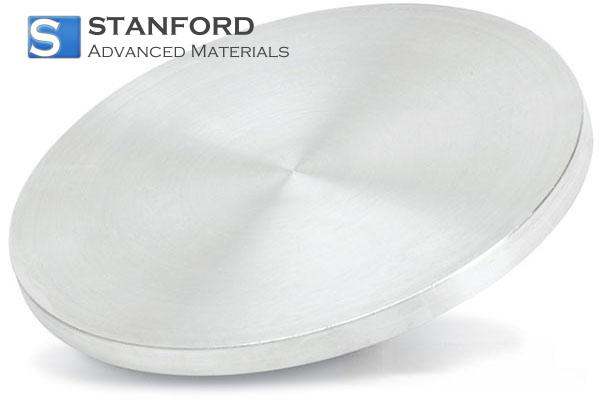
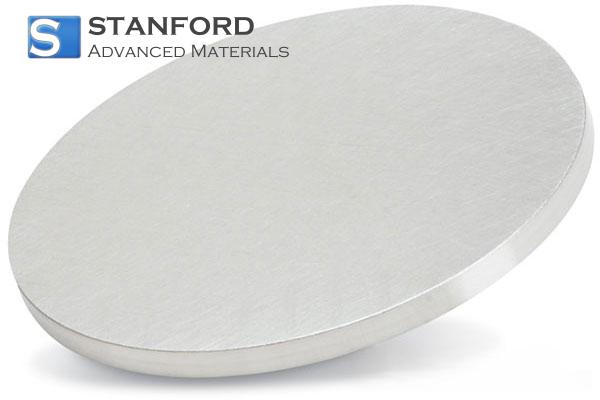
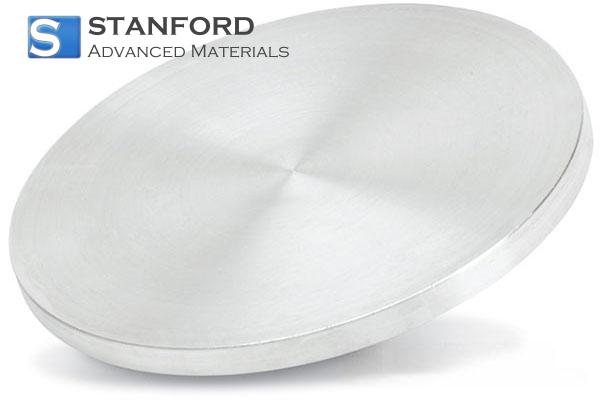
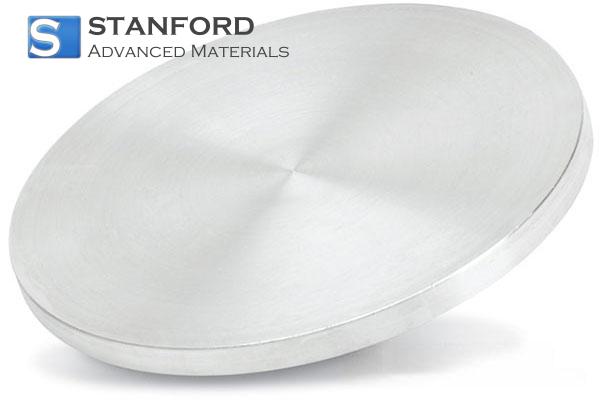
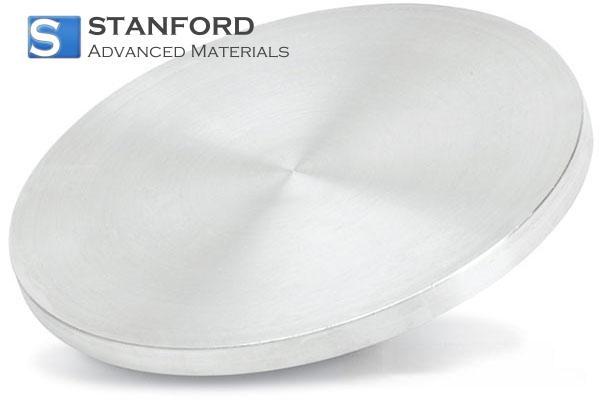
 Chin Trento
Chin Trento


